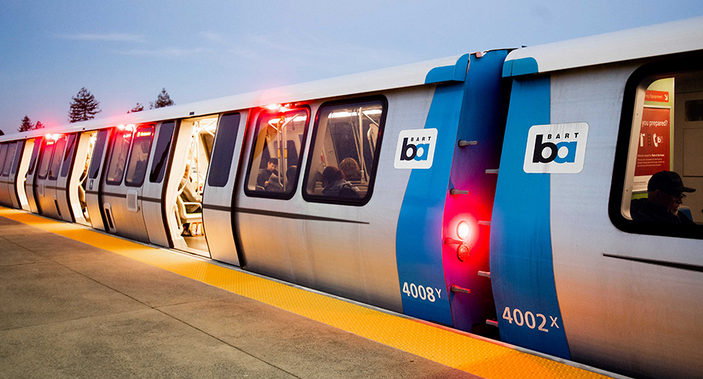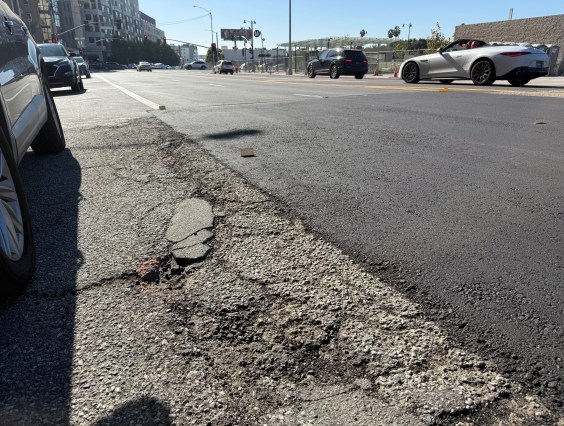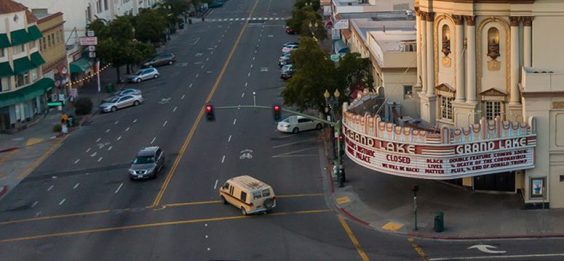Note: GJEL Accident Attorneys regularly sponsors coverage on Streetsblog San Francisco and Streetsblog California. Unless noted in the story, GJEL Accident Attorneys is not consulted for the content or editorial direction of the sponsored content.
Two announcements of federal transportation funding for California were made on Monday. The Bay Area Rapid Transit will receive a long-awaited major grant, and an annual accounting adjustment benefits ongoing, federally approved projects at Caltrans and local transportation agencies.
BART Service Expansion
The Federal Transit Administration finalized the $1.2 billion grant for BART's Core Capacity program, a service expansion that has been in the planning stages for years. While the grant was anticipated, today's announcement was welcome news for the program. This is the largest grant BART has ever received, according to its press release, and it will be spent on additional rail cars, new power substations, and a new train control system to increase the number of trains BART can run through its main chokepoint, the transbay tube between San Francisco and Oakland.
The program has been in the planning stages since before 2015, which is when FTA approved BART’s request to enter the Capital Investment Grant Program. In the intervening years, the system has experienced increased crowding as ridership, especially into and out of San Francisco at peak hours, regularly reached capacity.
Those were the days.
Of course expectations are that the pandemic will eventually subside, businesses and transit will survive, and ridership will build again. This funding now will help BART prepare for and increase capacity for those someday future days.
What it won't do, because of federal regulations, is help BART pay for current operations, which is a separate problem being experienced by every transit agency in the nation in the face of falling ridership and revenue.
The grant will be allocated over time, with the first $300 million already approved and available. Under the grant agreement BART will be operating 28 trains per hour by 2028. The current system can handle 23 trains per hour through the transbay tube.
Much of the program is in the engineering stage, with some construction set to begin next summer. Locations for new substations on existing BART property have been selected, and the train control engineering has been underway. The BART Board selected Hitachi for the design-build contract, which is expected to span more than ten years.
BART has already begun adding new train cars to its fleet, with the 775 new cars already on order to be put in service gradually over the next few years. The Core Capacity program grant will bring an additional 252 new cars on top of that.
FHWA Funds for California
On the same day, the Federal Highway Administration announced its annual August redistribution, an accounting adjustment that moves money from projects that are not ready to spend it into ongoing projects that are ready. For California that means almost $500 million in not-completely-unexpected money for a wide range of federally approved projects.
This is the largest amount California has received in these annual adjustments, and the most of any state. It was also a bit more than expected. Every year Caltrans anticipates this "August adjustment" and prepares to deploy the money. California's readiness is in part due to revenues from the state gas tax under S.B. 1, which allows work to begin using state money, so the projects are already moving forward when federal money becomes available.
Caltrans expects to receive about $312 million, and local transportation agencies throughout the state will divide up the rest, about $181 million. While Caltrans doesn't provide a list of the projects it will use the money for, its press release highlights a couple of projects on Highway 5, including carpool lanes in Sacramento and "Los Angeles County improvement projects... designed to enhance safety, improve traffic flow, reduce congestion, encourage ride-sharing, decrease surface street traffic, and improve air quality."
Update September 17: Caltrans clarified that the L.A. County freeway projects mentioned in the press release are the 5 Freeway North widening and 5 Freeway South widening. Though Caltrans has made similar false claims in the past, these projects do not "reduce congestion," "decrease surface street traffic," or "improve air quality."
"California has a reputation for maximizing its federal funding and successfully launching infrastructure projects on time, and these additional funds represent our reward for that proven track record," stated Caltrans director Toks Omishakin in the department's press release.






